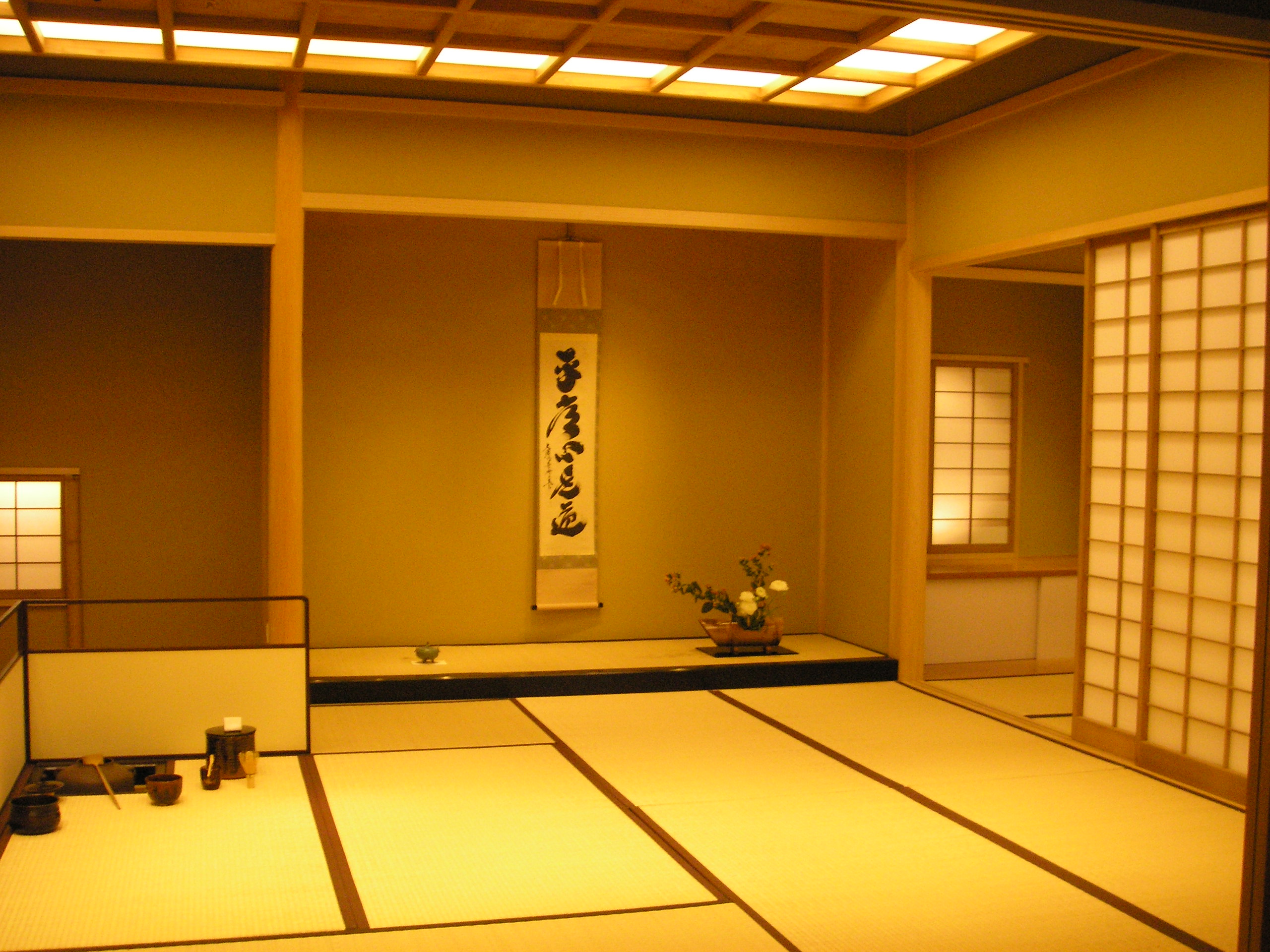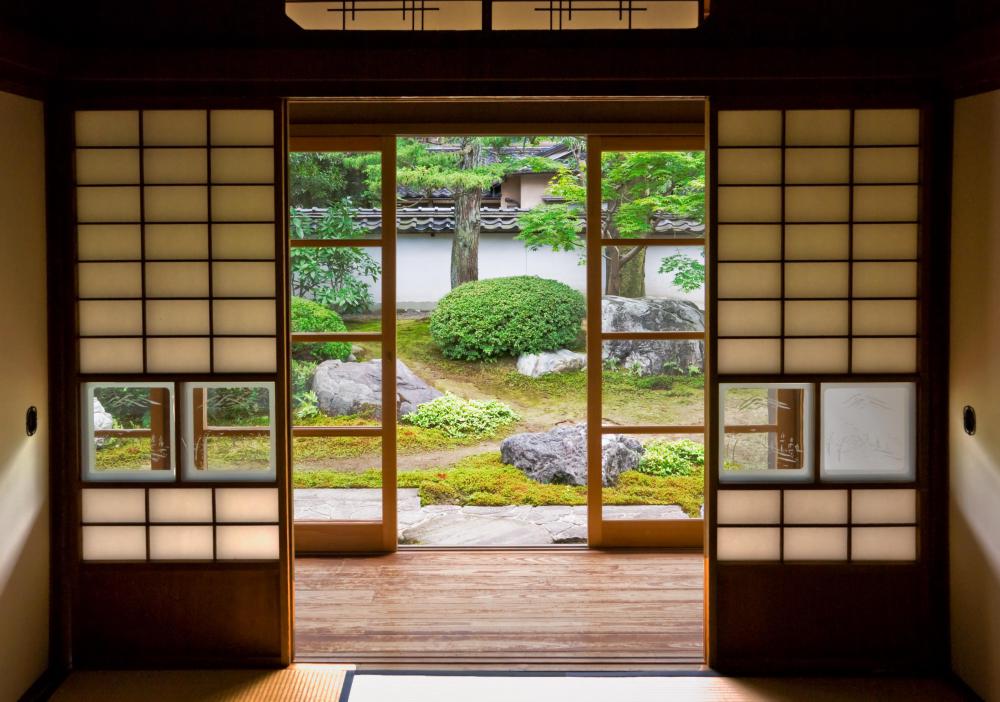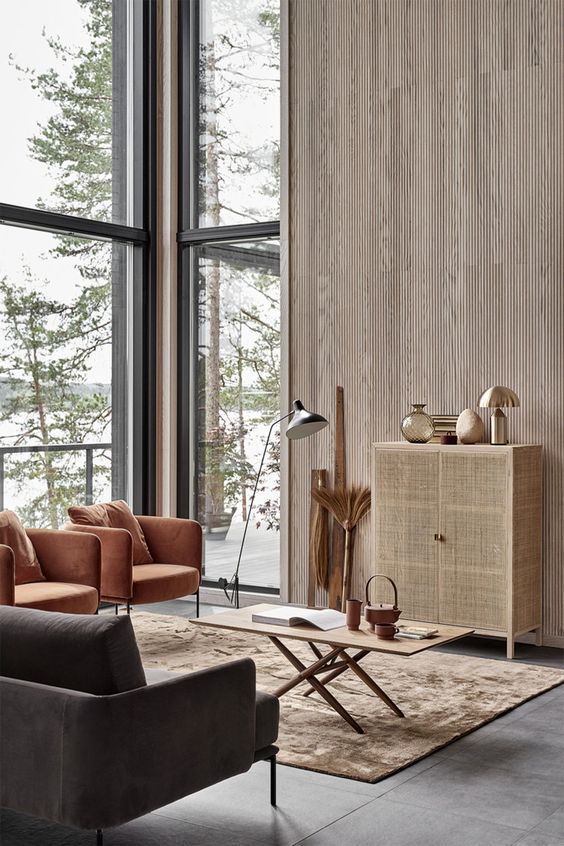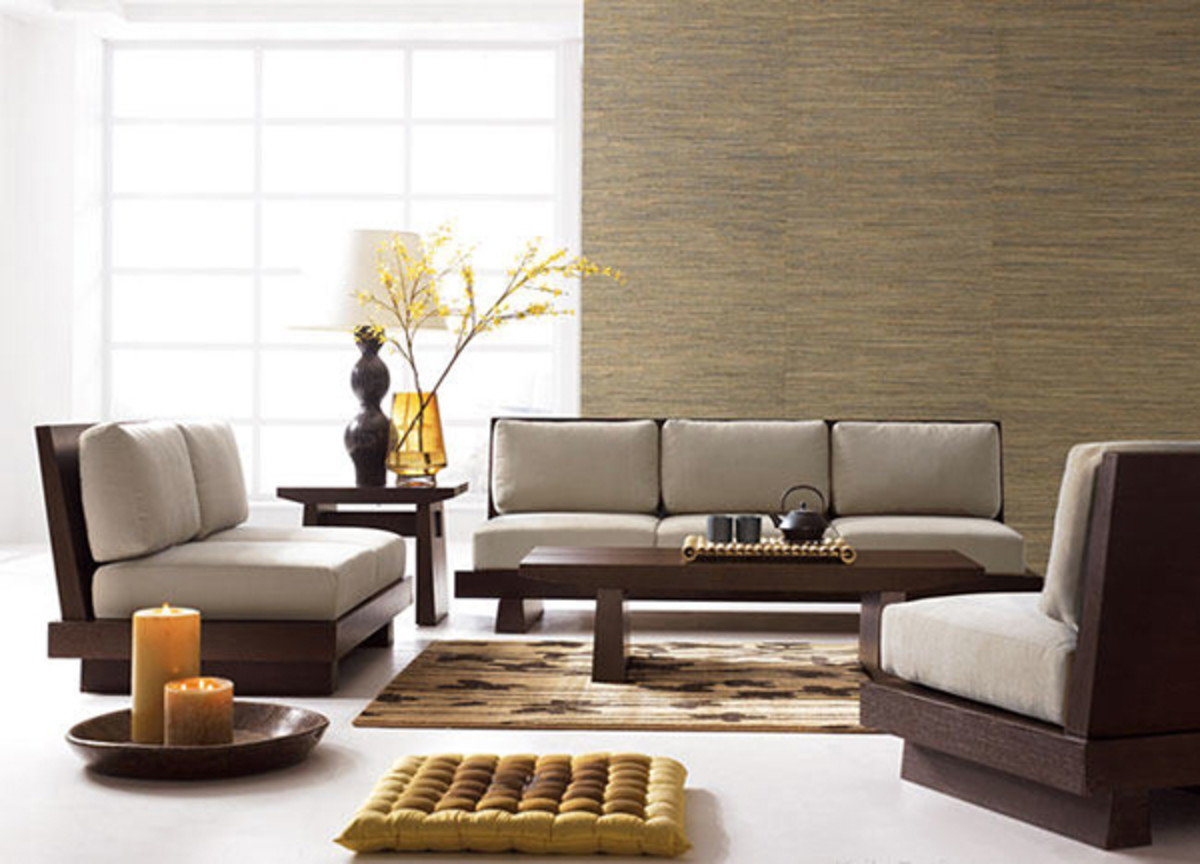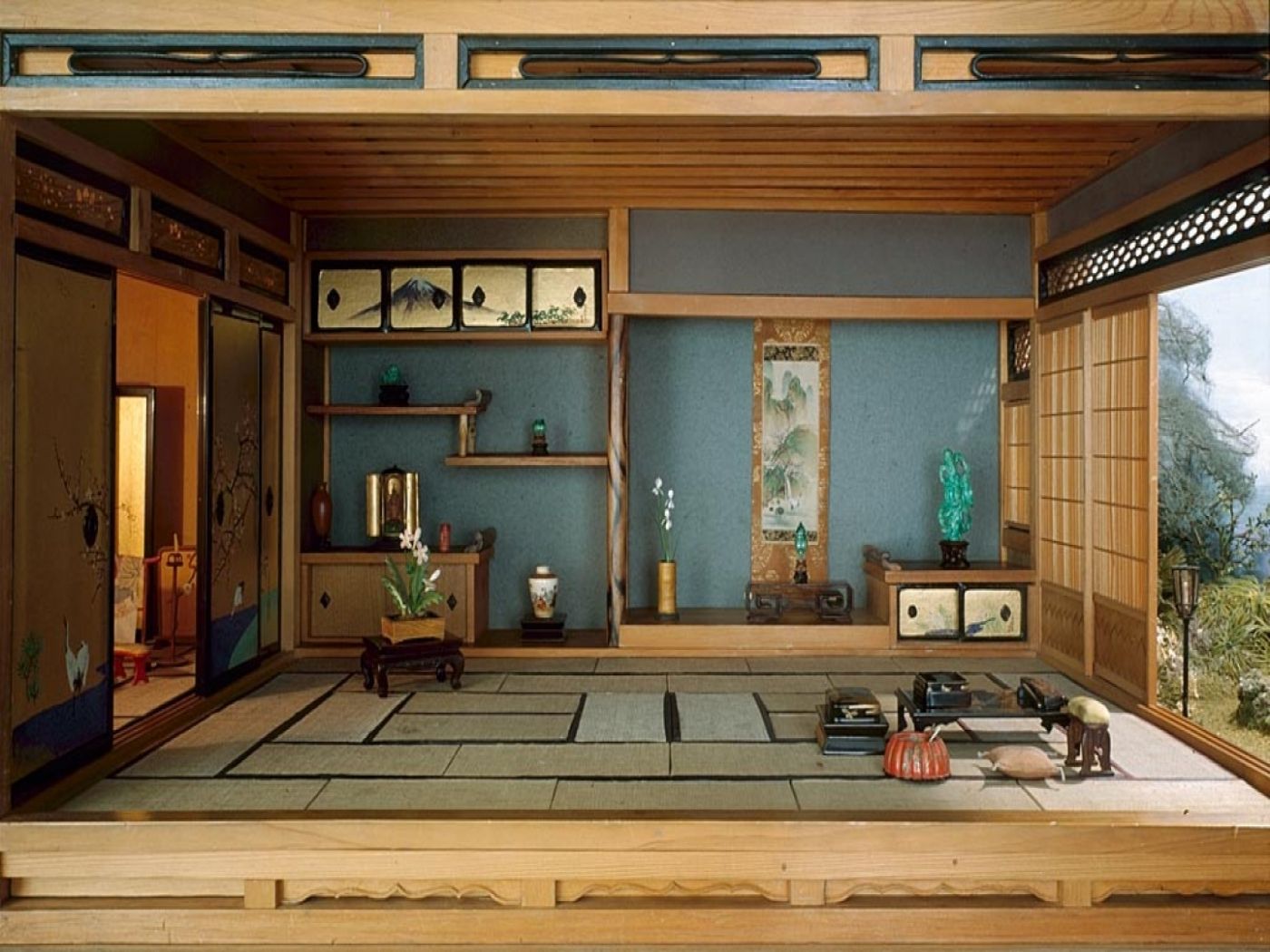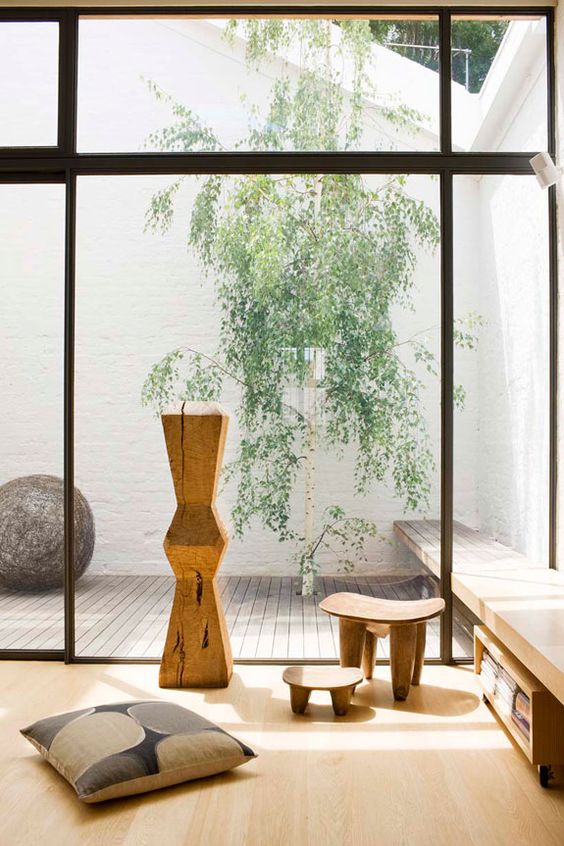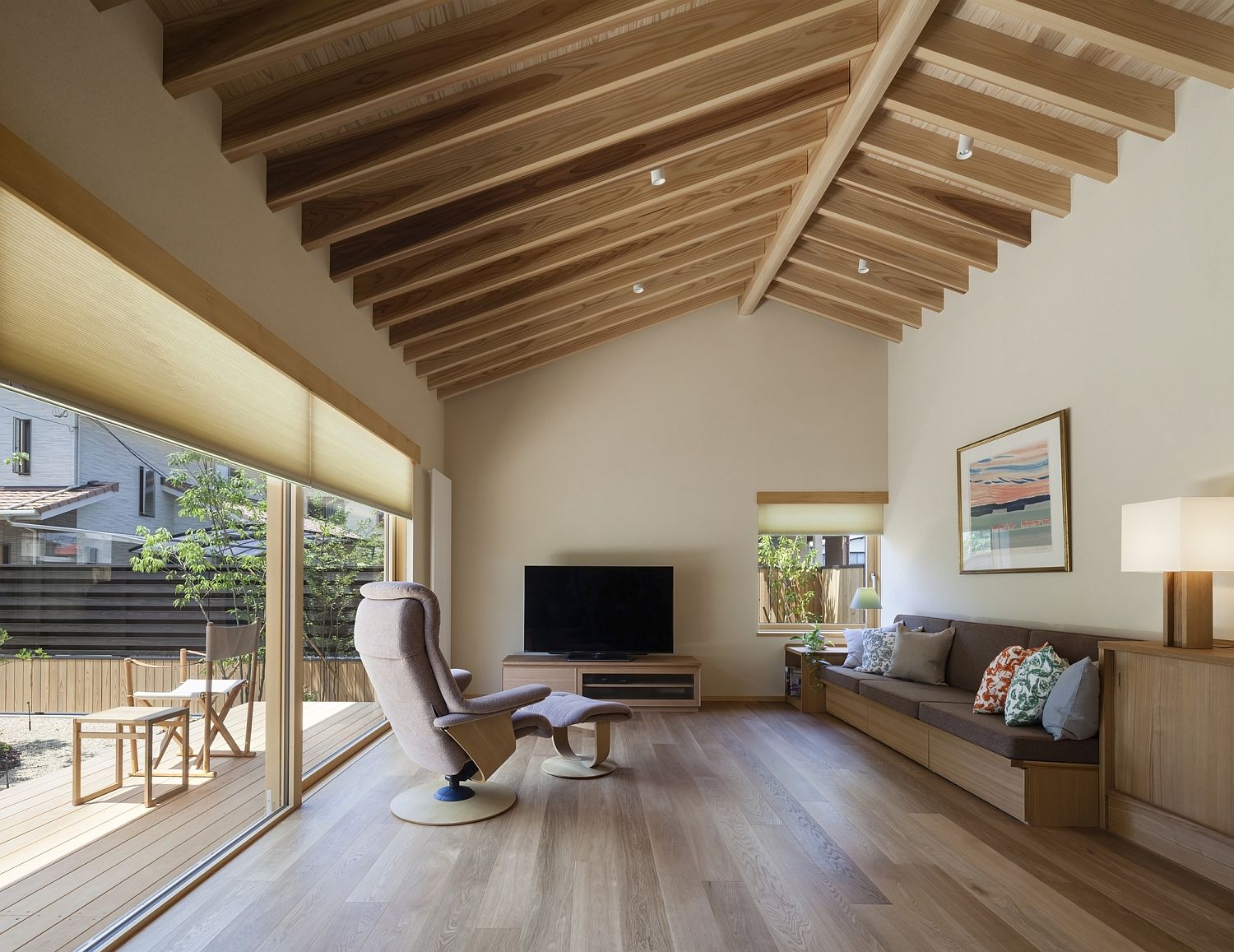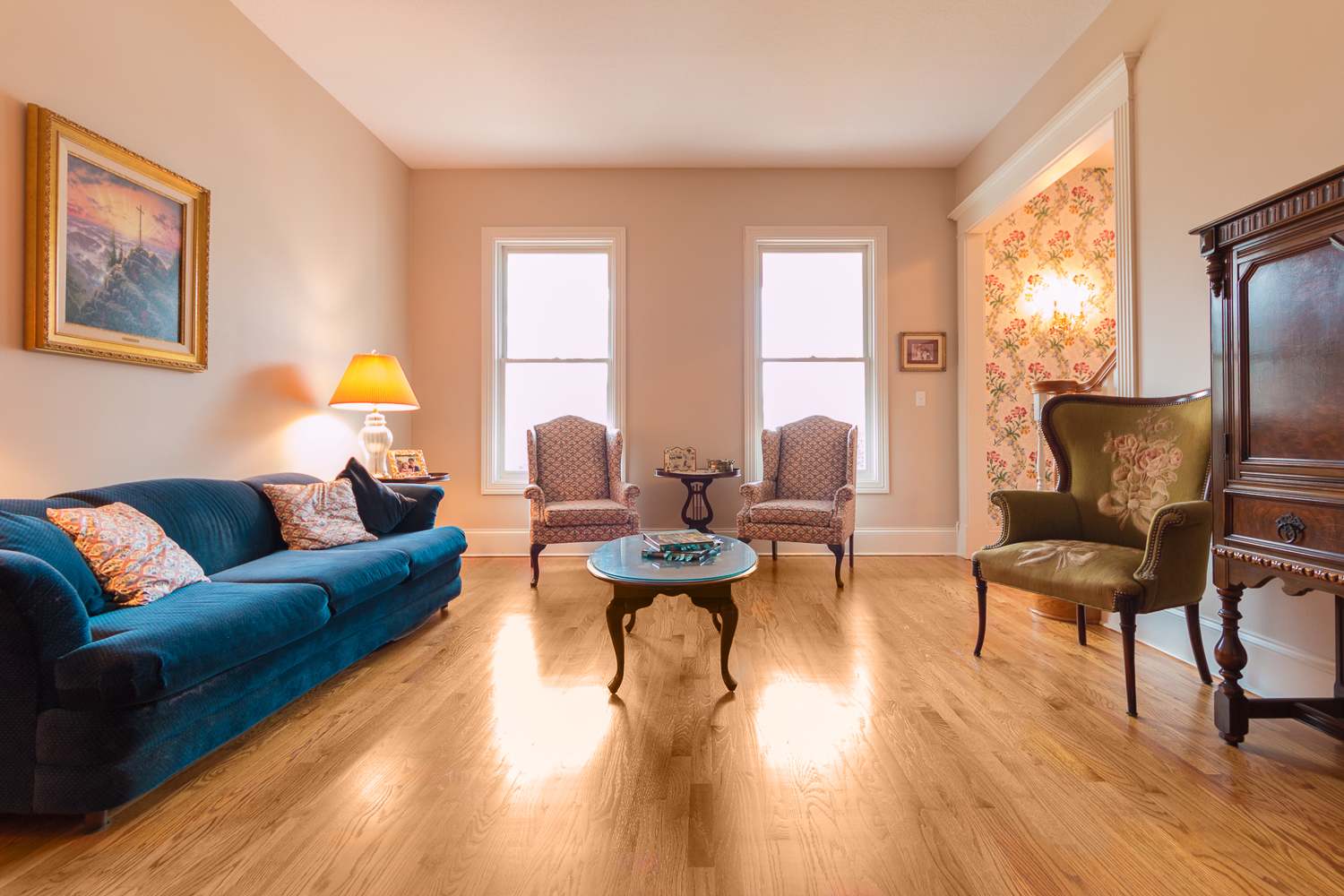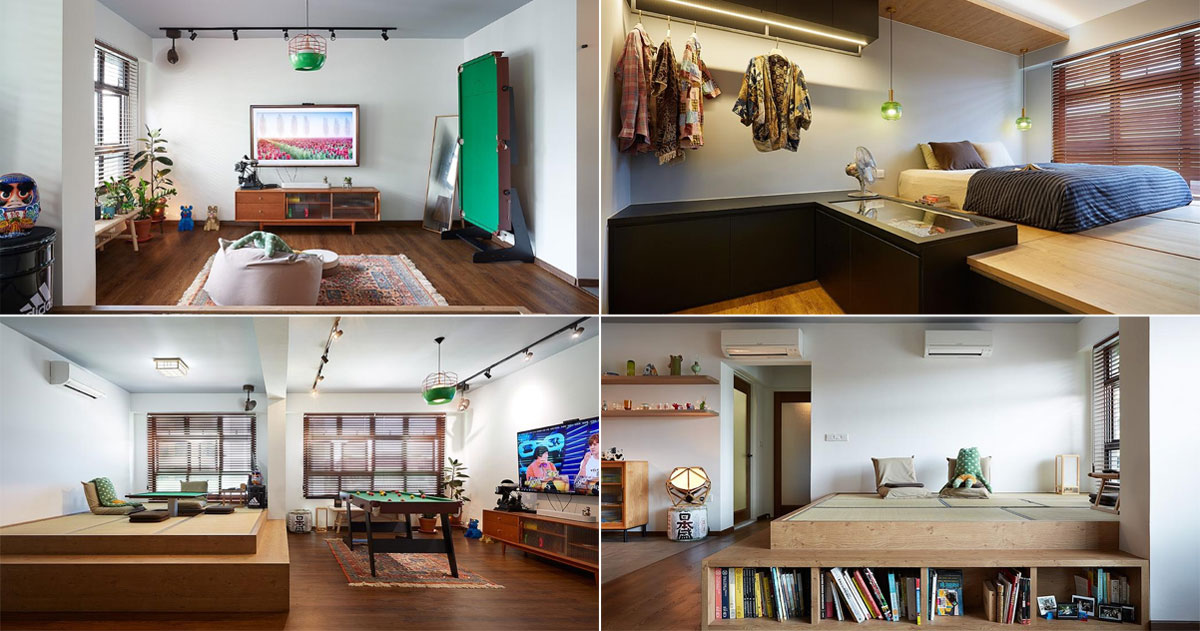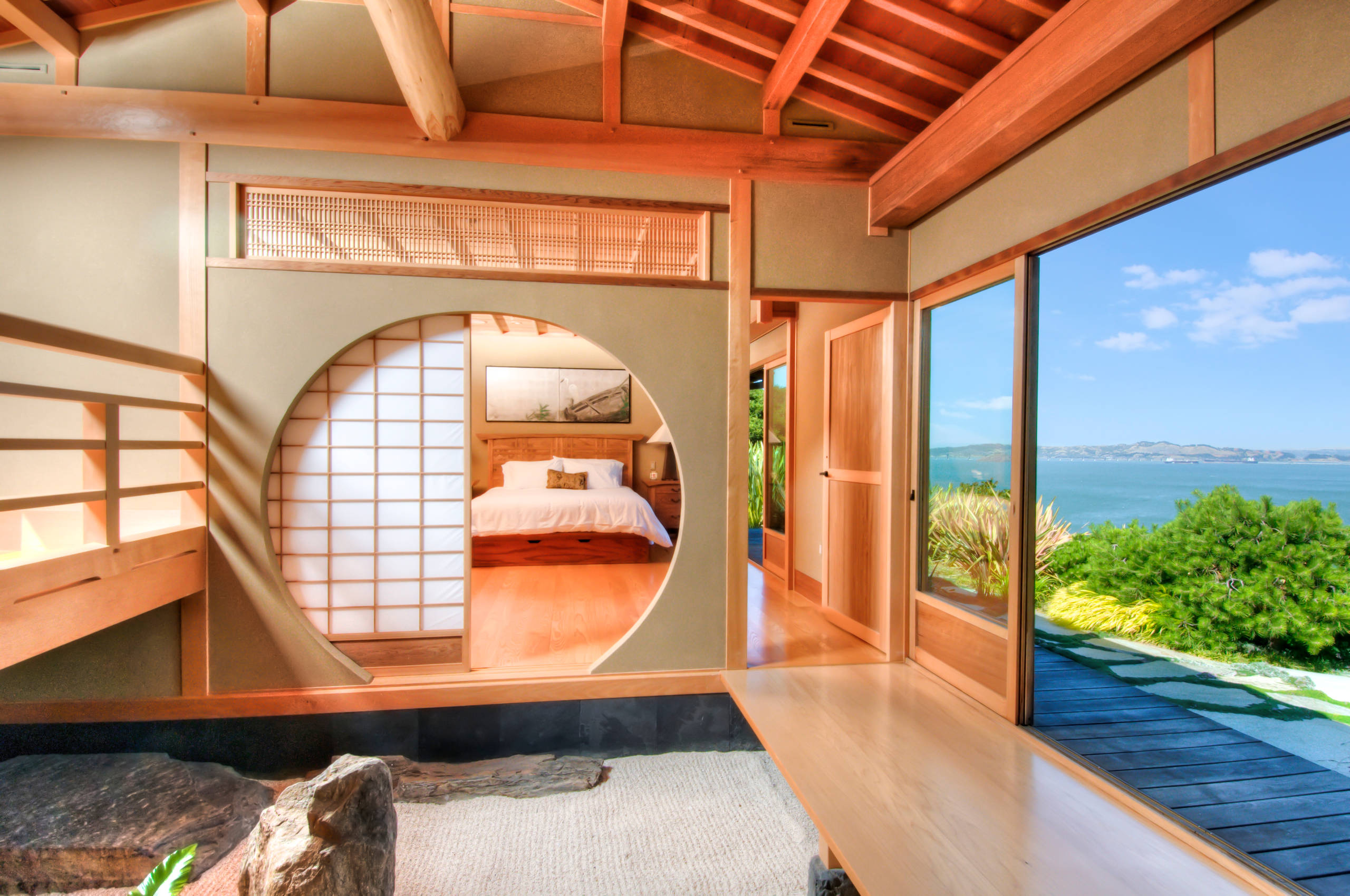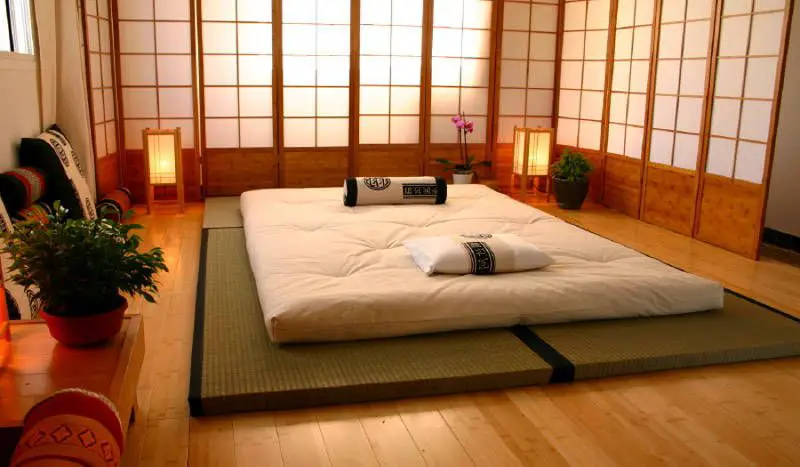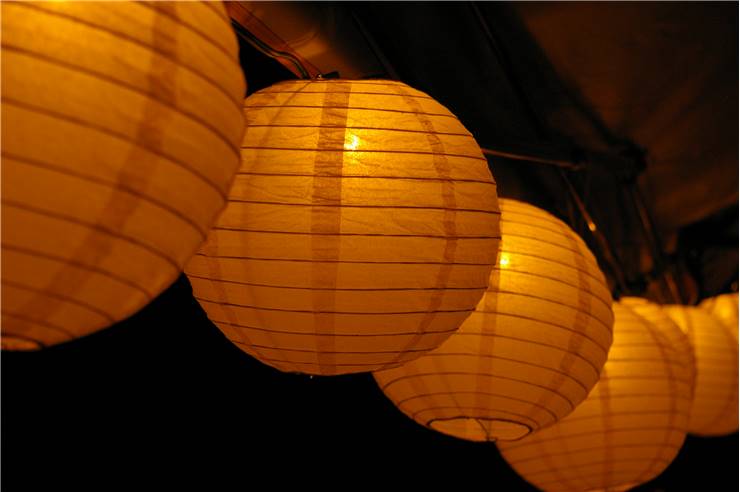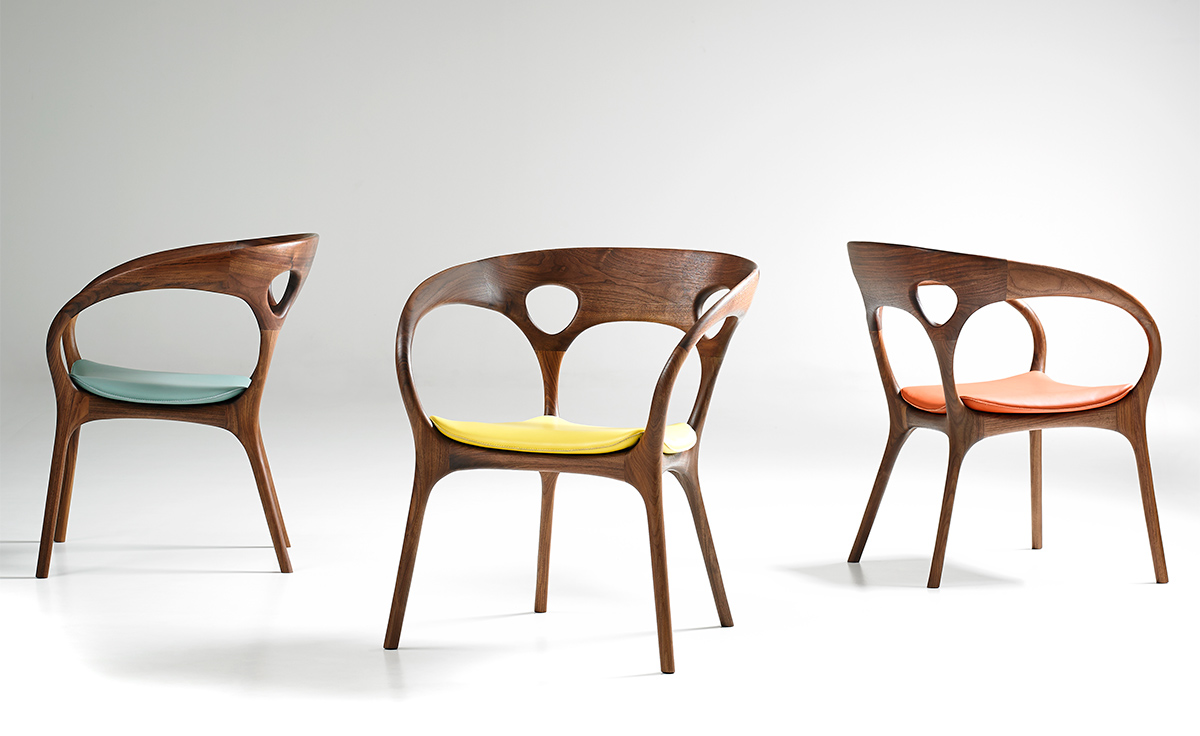The Japanese style living room with tatami flooring is a beautiful and traditional way to decorate your home. Tatami flooring is made from rice straw and is known for its durability and comfort. It is also a great way to add a touch of Japanese culture to your living space. Tatami flooring is often used in washitsu, which are traditional Japanese-style rooms that are designed for relaxation and meditation. The soft and natural texture of the tatami mats creates a calming and peaceful atmosphere, making it the perfect flooring choice for a living room. In addition to its aesthetic appeal, tatami flooring is also practical. It is easy to clean and maintain, and it is gentle on the feet. Plus, its natural insulation properties make it a great choice for both warm and cold climates.Japanese Style Living Room with Tatami Flooring
Another essential element of a traditional Japanese living room is the use of shoji screens. These sliding doors are made from a wooden frame and translucent paper or fabric, allowing natural light to filter into the room while still providing privacy. The use of shoji screens in a living room creates a sense of openness and connection to nature, which is a key aspect of Japanese design. They can also be used to divide a space or conceal clutter, making them both functional and decorative. For a truly authentic Japanese living room, consider using fusuma screens, which are larger and more opaque than shoji screens. They are often hand-painted with traditional Japanese motifs and can add a beautiful focal point to the room.Traditional Japanese Living Room with Shoji Screens
For those who prefer a more modern and minimalist approach, bamboo flooring is an excellent choice for a Japanese living room. Bamboo is a sustainable and eco-friendly material, and its light color and natural grain add warmth and texture to a room. In Japanese design, less is more. A minimalist living room with bamboo flooring allows for clean lines and an uncluttered space, creating a sense of calm and simplicity. Add accent pieces such as a shoji lamp or a kotatsu table to complete the look. Bamboo flooring is also durable and easy to maintain, making it ideal for high-traffic areas like a living room. It is also a great choice for those with allergies, as it does not trap dust and allergens like some other flooring materials.Minimalist Japanese Living Room with Bamboo Flooring
While tatami flooring is traditionally associated with a more traditional Japanese style, it can also be incorporated into a modern living room design. Pairing tatami mats with modern furniture and accent pieces creates a unique and contemporary look. Consider mixing and matching different patterns and textures in your living room, such as a tatami mat rug, a futon with a geometric pattern, and a sleek black lacquer coffee table. The result is a modern Japanese living room that is both stylish and comfortable. Don't be afraid to play with color as well. While traditional Japanese living rooms tend to stick to natural and neutral tones, modern designs can incorporate bold pops of color to add personality and vibrancy to the space.Modern Japanese Living Room with Tatami Mats
If you love the idea of shoji screens but don't want to commit to using them as your main source of natural light, consider incorporating sliding doors into your living room design. These doors can be used as a divider between rooms or as a way to open up the space when desired. Sliding doors also add an element of flexibility to a living room, allowing you to easily change the layout or create separate spaces for different activities. They are also a great option for smaller living rooms, as they do not take up much space. To add a touch of Japanese style to your sliding doors, consider using noren, traditional Japanese curtains with a split in the middle. These can be hung on either side of the doors and add a pop of color and design to the room.Japanese Inspired Living Room with Sliding Doors
If you prefer a more contemporary look in your living room, hardwood floors are an excellent choice. While not traditionally associated with Japanese design, hardwood floors can add a sleek and sophisticated touch to a living room. Pair the hardwood floors with minimalist furniture, such as a low-profile sofa and a shibori print rug, to create a modern Japanese living room. The contrast of the warm wood tones and the cool blue hues of the rug adds depth and interest to the space. For an extra touch of Japanese influence, add a tokonoma, a built-in alcove that is often used to display a piece of art or a bonsai tree. This will add a unique and cultural element to your living room.Contemporary Japanese Living Room with Hardwood Floors
For a more rustic and traditional Japanese living room, consider using straw mats or tatami goza. These mats are made from tightly woven straw and are a staple in Japanese homes. Straw mats add a warm and natural element to a living room, and they are also practical as they are easy to clean and maintain. To add a touch of luxury, consider layering the straw mats with a soft futon or a zabuton cushion. You can also incorporate wooden elements into a rustic Japanese living room, such as a chabudai table or a shoji screen with a wooden frame. This will add a touch of warmth and traditional charm to the space.Rustic Japanese Living Room with Straw Mats
A Japanese Zen living room is all about creating a peaceful and harmonious space where one can relax and meditate. One way to achieve this is through the use of stone flooring. Natural stone, such as granite or slate, adds a grounding and earthy element to a living room. Pair the stone flooring with shoji screens and fusuma to create a serene and calming atmosphere. Incorporate natural elements such as bamboo or bonsai plants to add a touch of greenery and bring the outside in. To complete the Zen look, keep the room clutter-free and stick to neutral and calming colors. This will allow for a peaceful and tranquil living space.Japanese Zen Living Room with Stone Flooring
If comfort is your top priority in a living room, consider using futon seating. Futons are a traditional Japanese mattress that can be folded and stored away when not in use, making them an ideal choice for smaller living spaces. To add a cozy and inviting feel to your living room, layer futon seating with comfortable pillows and cushions. You can also incorporate shoji lamps or paper lanterns to create a warm and ambient lighting in the room. For an extra touch of comfort and warmth, add a kotatsu table to your living room. This low table has a built-in heater and is perfect for cozying up with a cup of tea on a chilly day.Cozy Japanese Living Room with Futon Seating
For a touch of elegance and sophistication, add paper lanterns to your Japanese living room. These lanterns are often made from rice paper and can be used as both a source of light and a decorative element in the room. Choose lanterns with intricate designs or patterns to add a touch of interest and texture to your living room. They can also be hung at different heights to create a unique and dynamic look. To complement the paper lanterns, use rich and luxurious fabrics for your furniture and decor, such as silk or velvet. This will add a touch of opulence and elegance to your Japanese living room. In conclusion, a Japanese floor living room offers a unique and beautiful way to decorate your home. Whether you prefer a traditional or modern style, incorporating elements such as tatami flooring, shoji screens, and paper lanterns will add a touch of Japanese culture and create a calming and peaceful atmosphere in your living space.Elegant Japanese Living Room with Paper Lanterns
The Beauty and Simplicity of Japanese Floor Living Rooms

Embracing Tradition and Minimalism
 The Japanese have long been known for their minimalist and simplistic approach to design, and this is especially evident in their traditional
floor living rooms
. This style of living room is characterized by its low,
futon-like seating
,
minimal furniture
, and
open space
that allows for a
flexible use of the room
. While it may seem like a departure from the more common Western-style living rooms, there is a certain
beauty and elegance
to the Japanese floor living room that has captured the attention of designers and homeowners around the world.
The Japanese have long been known for their minimalist and simplistic approach to design, and this is especially evident in their traditional
floor living rooms
. This style of living room is characterized by its low,
futon-like seating
,
minimal furniture
, and
open space
that allows for a
flexible use of the room
. While it may seem like a departure from the more common Western-style living rooms, there is a certain
beauty and elegance
to the Japanese floor living room that has captured the attention of designers and homeowners around the world.
Creating a Sense of Harmony and Flow
 One of the key principles of Japanese design is
wabi-sabi
, which celebrates the beauty of imperfection and impermanence. This is reflected in the
simple and natural
materials used in Japanese floor living rooms, such as
bamboo, wood, and paper
. These materials not only add to the aesthetic appeal of the room, but they also create a sense of
harmony and flow
that is essential in Japanese design.
One of the key principles of Japanese design is
wabi-sabi
, which celebrates the beauty of imperfection and impermanence. This is reflected in the
simple and natural
materials used in Japanese floor living rooms, such as
bamboo, wood, and paper
. These materials not only add to the aesthetic appeal of the room, but they also create a sense of
harmony and flow
that is essential in Japanese design.
Maximizing Space and Functionality
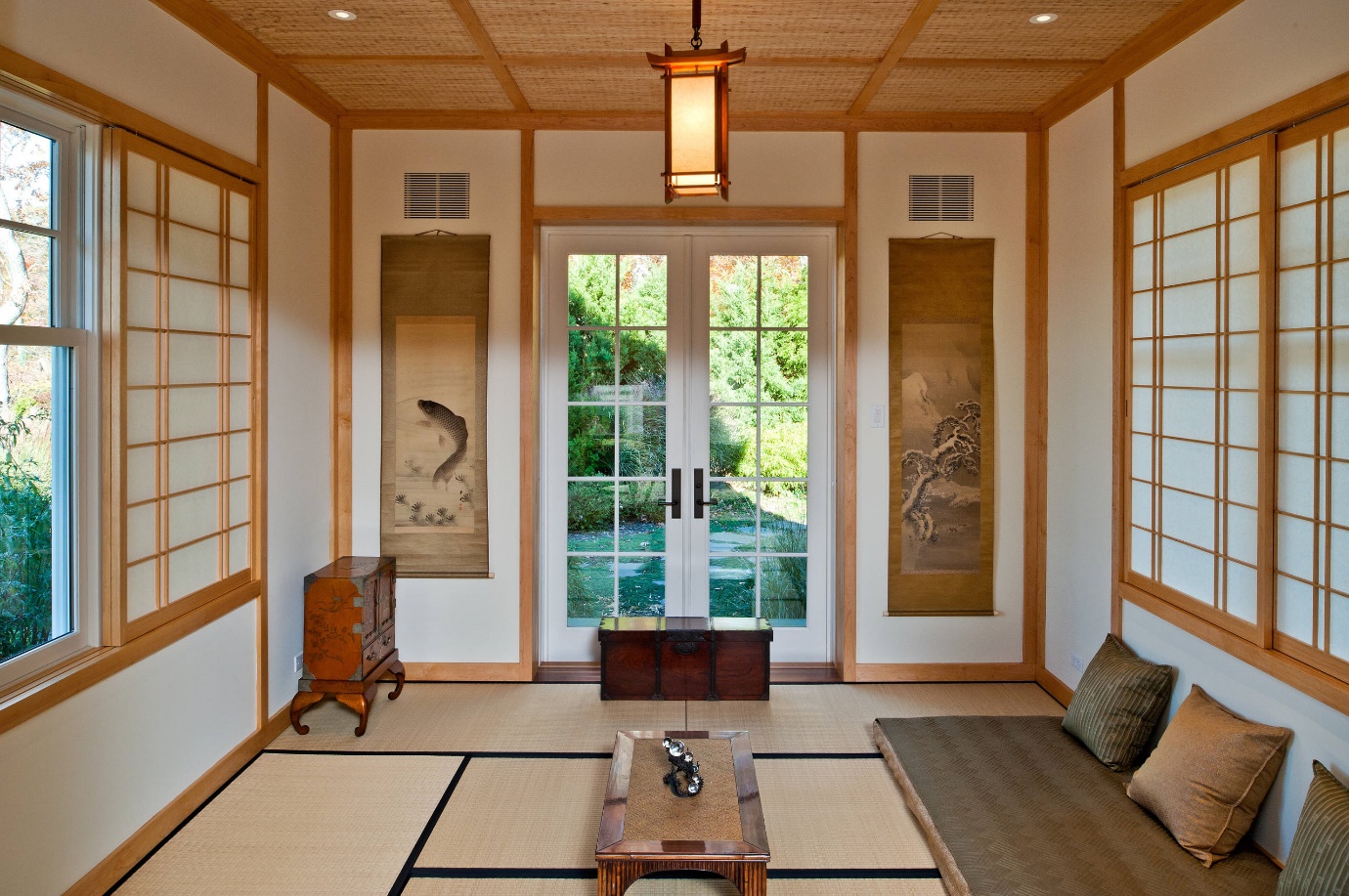 In a country where space is often at a premium, the Japanese have become masters at
maximizing every inch
of their living spaces. This is especially evident in the floor living room, where the
lack of furniture
allows for a
flexible use of the room
. For example, during the day, the room can serve as a
living area
for relaxation and socializing, and at night, it can easily be transformed into a
sleeping area
by laying out
futon mattresses
on the floor.
In a country where space is often at a premium, the Japanese have become masters at
maximizing every inch
of their living spaces. This is especially evident in the floor living room, where the
lack of furniture
allows for a
flexible use of the room
. For example, during the day, the room can serve as a
living area
for relaxation and socializing, and at night, it can easily be transformed into a
sleeping area
by laying out
futon mattresses
on the floor.
Bringing the Outdoors In
 Japanese floor living rooms are also designed to
embrace nature
and bring the outdoors in. Large windows and sliding doors allow for
plenty of natural light
to enter the room, creating a
calming and peaceful atmosphere
. In addition, the use of
indoor plants
and
natural materials
further blurs the line between the inside and outside, creating a
tranquil and inviting
space.
Japanese floor living rooms are also designed to
embrace nature
and bring the outdoors in. Large windows and sliding doors allow for
plenty of natural light
to enter the room, creating a
calming and peaceful atmosphere
. In addition, the use of
indoor plants
and
natural materials
further blurs the line between the inside and outside, creating a
tranquil and inviting
space.
In Conclusion
 The Japanese floor living room is a perfect example of the
marriage between tradition and modernity
. Its
simple, yet elegant
design not only adds a unique touch to any home, but it also promotes a sense of
harmony, functionality, and connection with nature
. So why not take a cue from the Japanese and incorporate this beautiful and
timeless
style into your own home?
The Japanese floor living room is a perfect example of the
marriage between tradition and modernity
. Its
simple, yet elegant
design not only adds a unique touch to any home, but it also promotes a sense of
harmony, functionality, and connection with nature
. So why not take a cue from the Japanese and incorporate this beautiful and
timeless
style into your own home?









